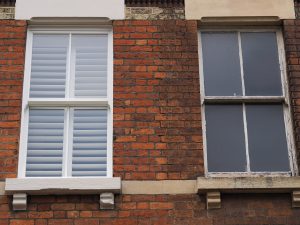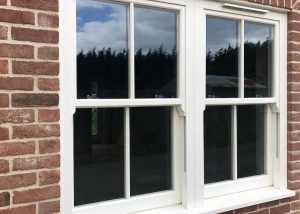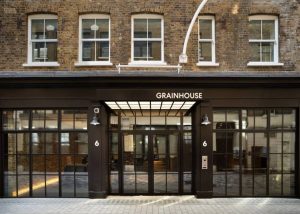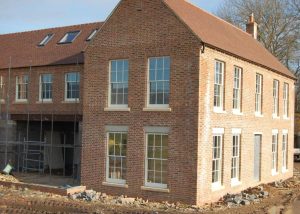Facts about Harwich
Architecture
Despite, or perhaps because of, its small size Harwich is highly regarded in terms of architectural heritage, and the whole of the older part of the town, excluding Navyard Wharf, is a conservation area. In 1923, The Great Eastern Hotel was closed by the newly formed LNER, as the Great Eastern Railway had opened a new hotel with the same name at the new passenger port at Parkeston Quay, causing a decline in numbers. The hotel became the Harwich Town Hall, which included the Magistrates Court and, following changes in local government, was sold and divided into apartments.
Harwich History
Because of its strategic position, Harwich was the target for the invasion of Britain by William of Orange on 11 November 1688. However, unfavourable winds forced his fleet to sail into the English Channel instead and eventually land at Torbay. Due to the involvement of the Schomberg family in the invasion, Charles Louis Schomberg was made Marquess of Harwich. Writer Daniel Defoe devotes a few pages to the town in A tour thro’ the Whole Island of Great Britain. Visiting in 1722, he noted its formidable fort and harbour “of a vast extent”.
The town, he recounts, was also known for an unusual chalybeate spring rising on Beacon Hill, which “petrified” clay, allowing it to be used to pave Harwich’s streets and build its walls. The locals also claimed that “the same spring is said to turn wood into iron”, but Defoe put this down to the presence of “copperas” in the water. Regarding the atmosphere of the town, he states: “Harwich is a town of hurry and business, not much of gaiety and pleasure; yet the inhabitants seem warm in their nests and some of them are very wealthy”. Harwich played an important part in the Napoleonic and more especially the two world wars.







